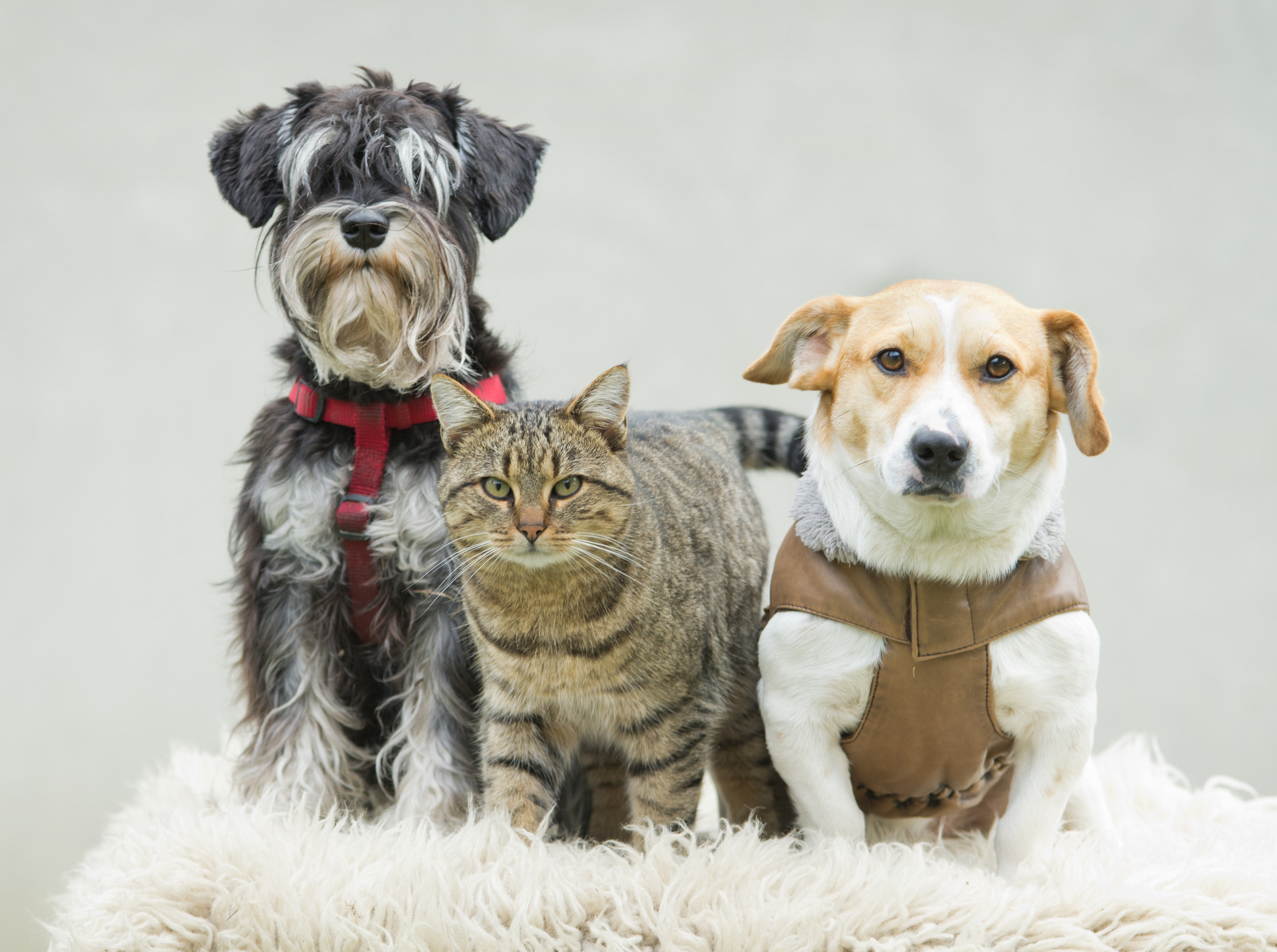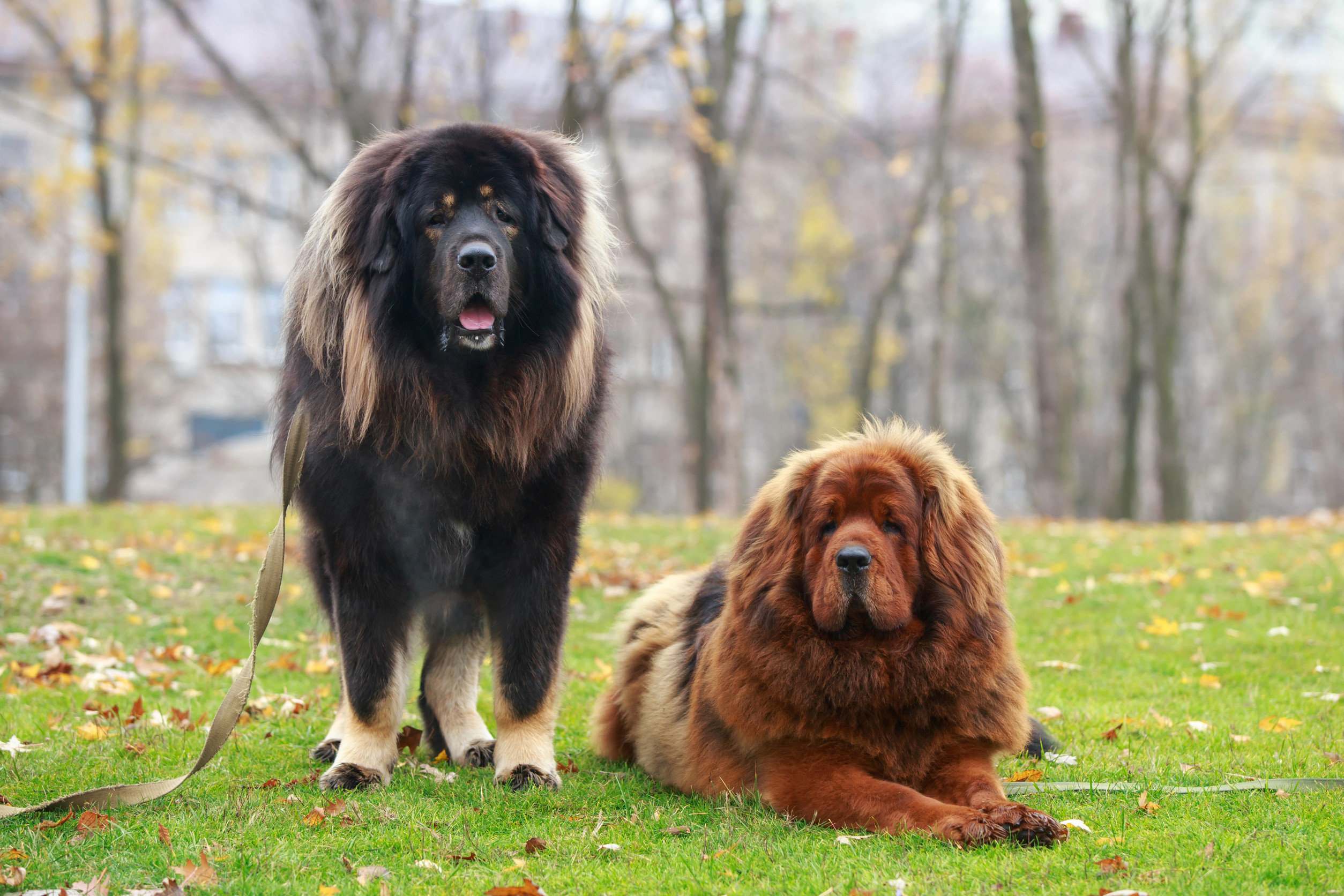
Image Source: 123rf.com
Owning a pet is a rewarding experience that brings joy, love, and companionship into your life. But some pets come with hefty price tags that go far beyond the initial adoption fee. If you’re considering getting a pet, it’s essential to understand the long-term costs involved—because some pets can quickly cause a lot of regret once the bills start piling up. Whether it’s through their care, food, or the constant need for medical attention, these pets will likely drain your wallet in ways you never imagined. Here are the five most expensive pets to own—and why they could leave you with instant regret.
1. Macaw Parrots
Macaw parrots are incredibly beautiful, intelligent, and social, making them a popular choice for bird enthusiasts. However, their high cost of ownership can quickly become overwhelming. The initial cost of a macaw parrot can range anywhere from $1,500 to $25,000, depending on the species and age. But that’s just the beginning.
These birds require an expansive cage, special diet, and constant stimulation, making their ongoing care expensive. They are also prone to health issues such as feather-plucking and respiratory problems, which can lead to high veterinary bills. Macaws can live up to 50 years or more, meaning you’re committing to a long-term financial responsibility. If you’re not prepared for the costs of their care, you may find yourself regretting your decision.
2. Horses
Horses are majestic creatures, but their upkeep is not for the faint of heart—or the faint of wallet. While purchasing a horse might cost anywhere from $2,000 to $10,000 (or more), the ongoing costs of owning one can be astronomical. Boarding, feed, medical care, farrier services, and grooming expenses can easily run into the thousands each year.
Horses also require plenty of space, and if you don’t have your own land, renting stables can add another layer of expense. Beyond basic care, if your horse requires specialized training, therapy, or suffers from any health issues, you’ll need to dig even deeper into your pockets. Owning a horse can be an incredibly rewarding experience, but the financial burden often leads to regret for those who aren’t fully prepared for the costs involved.
3. Savannah Cats
Savannah cats, a cross between domestic cats and the wild African serval, are one of the most expensive exotic pets you can own. These cats are known for their wild appearance, sleek coat, and striking size. While they’re highly sought after, the initial cost of a Savannah cat can range from $2,000 to $20,000, depending on the generation and breeder.
But the price doesn’t stop there. Savannah cats require a special diet (often raw food or high-protein meals), large living spaces, and a lot of mental stimulation. Due to their wild nature, they can also be more aggressive and difficult to train than regular domestic cats, which might lead to extra costs in behavior training or property damage. If you’re not prepared for the high upkeep, a Savannah cat could quickly become a financial and emotional burden.
4. Tibetan Mastiffs

Image Source: 123rf.com
The Tibetan Mastiff is one of the most expensive dog breeds in the world, with some puppies selling for as much as $1 million, especially in China. While the price may vary, a well-bred Tibetan Mastiff typically costs anywhere between $2,500 and $10,000.
Their large size and thick coat require significant upkeep, including premium food, regular grooming, and veterinary care. They are also prone to health issues such as hip dysplasia and heart problems, which can result in even higher vet bills. Despite their majestic and protective nature, these dogs often demand more attention and resources than many owners are prepared to give, leading to regret when the bills start stacking up.
5. Koi Fish
Koi fish are often seen as peaceful and beautiful additions to garden ponds, but they come with a hefty price tag, especially the higher-quality ones. A single koi fish can cost anywhere from $50 to $5,000 or more, depending on its breed, age, and quality.
Owning koi involves more than just purchasing the fish. You’ll need a large pond with proper filtration and regular water maintenance, as well as special food and medications to keep the fish healthy. Koi can live for decades, so you’re looking at a long-term investment. Additionally, koi fish are susceptible to diseases that can be expensive to treat, and the costs of maintaining a pond can easily exceed what you anticipated. If you’re not prepared for the financial commitment, owning koi can quickly lead to buyer’s remorse.
Consider The Costs
While owning a pet can be one of life’s greatest joys, it’s important to consider the long-term costs and responsibilities that come with certain breeds. The five pets listed here are stunning, unique, and captivating, but they are not for the casual pet owner. They come with a hefty price tag and ongoing expenses that can cause significant financial strain if you’re not fully prepared.
Before deciding on a pet, it’s crucial to do your research, calculate the costs involved, and determine whether you can provide the care and attention these animals require. Make sure you’re ready for the responsibility—not just emotionally, but financially—so you don’t end up regretting your decision down the line.
What’s the most expensive pet you’ve ever owned? Which costs to take care of the pet stretched your budget the most? Let’s talk about it in the comments below.
Read More:
The 10 Best Animals for Apartment and Tiny House Living
10 Pets That You’ll Learn Are Exceptionally Loyal

Latrice is a dedicated professional with a rich background in social work, complemented by an Associate Degree in the field. Her journey has been uniquely shaped by the rewarding experience of being a stay-at-home mom to her two children, aged 13 and 5. This role has not only been a testament to her commitment to family but has also provided her with invaluable life lessons and insights.
As a mother, Latrice has embraced the opportunity to educate her children on essential life skills, with a special focus on financial literacy, the nuances of life, and the importance of inner peace.